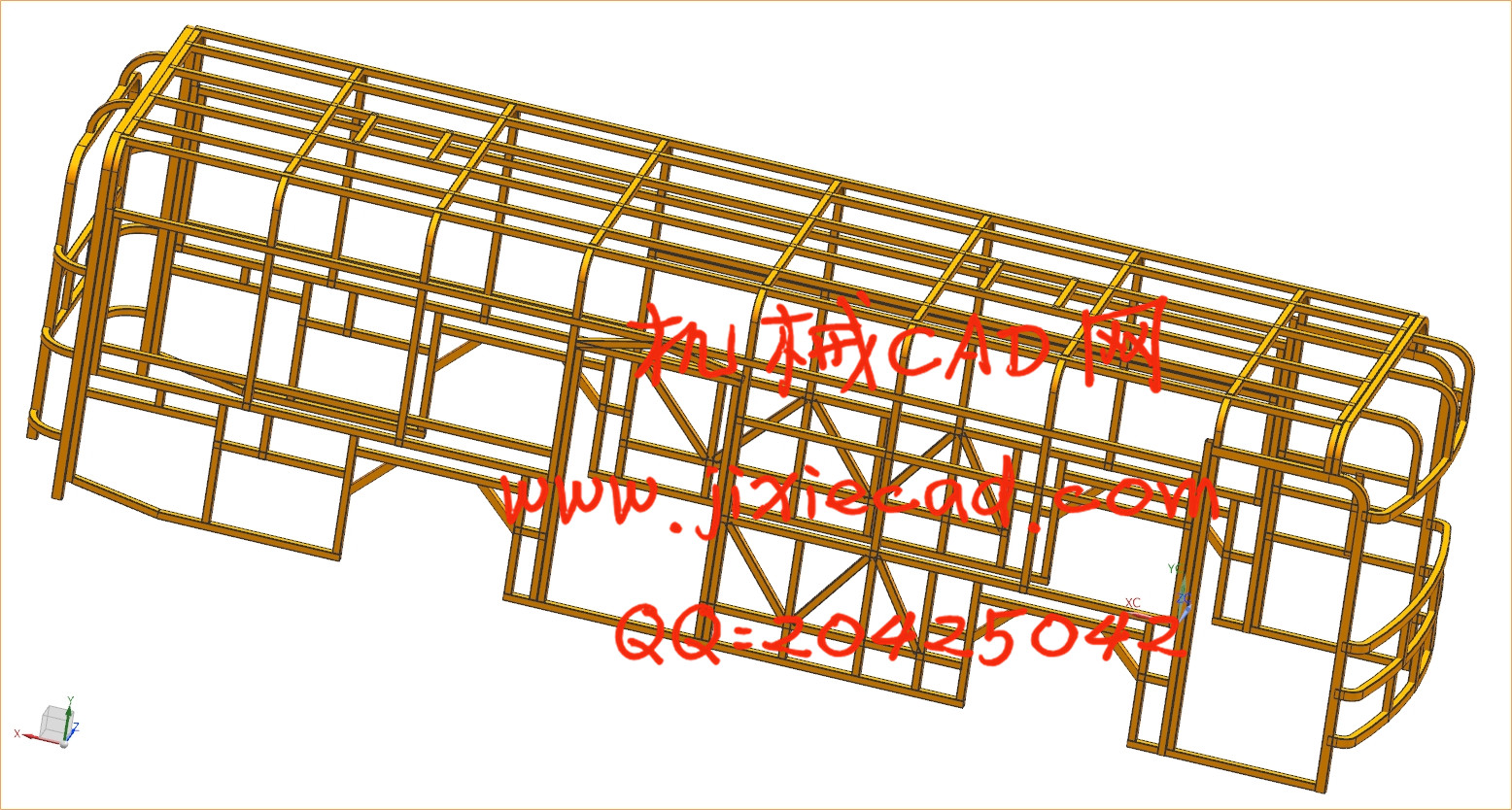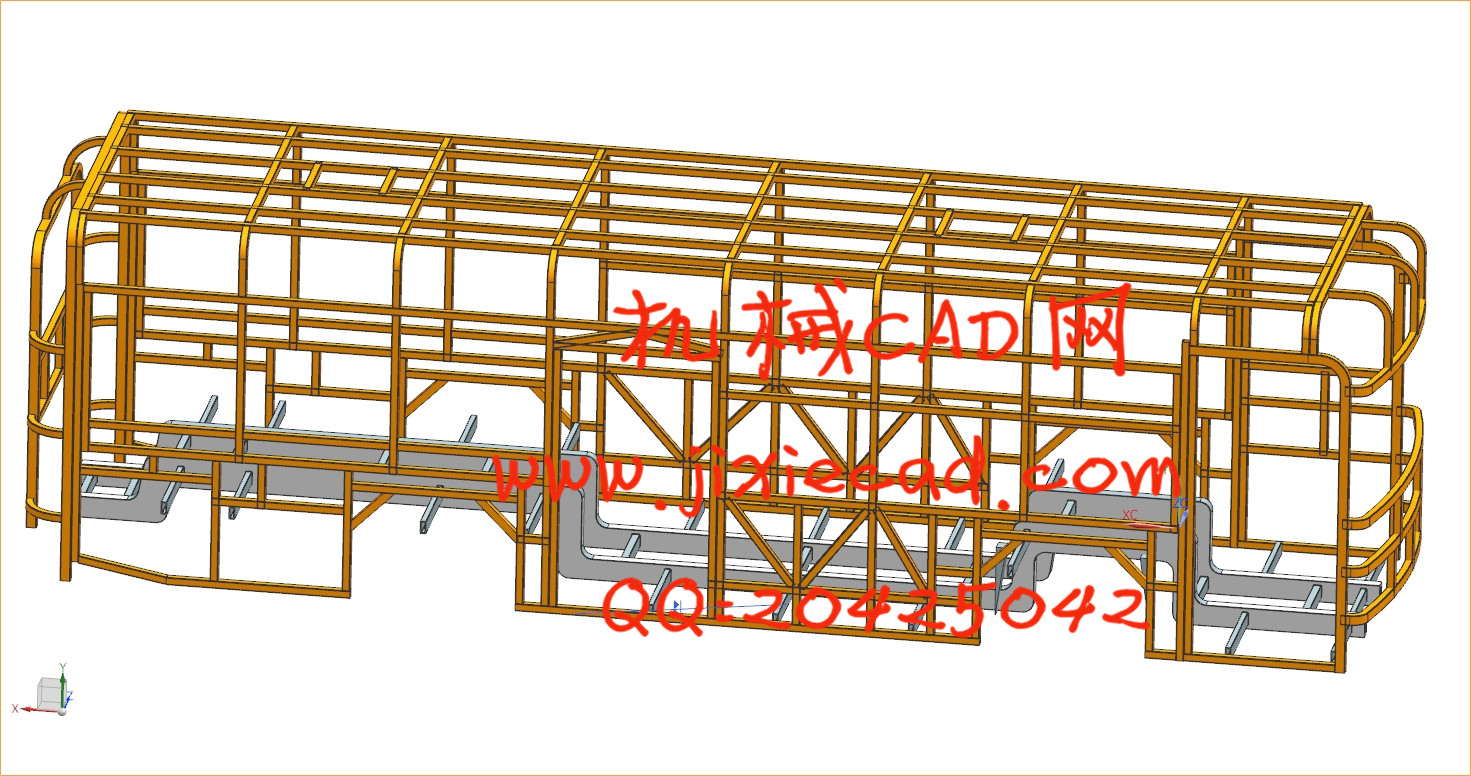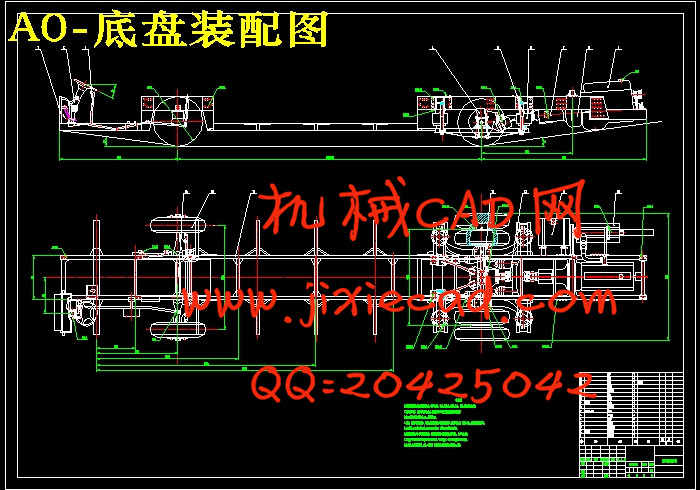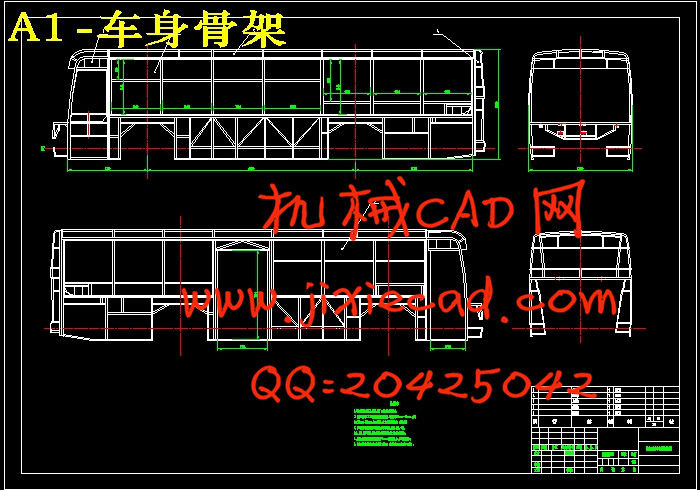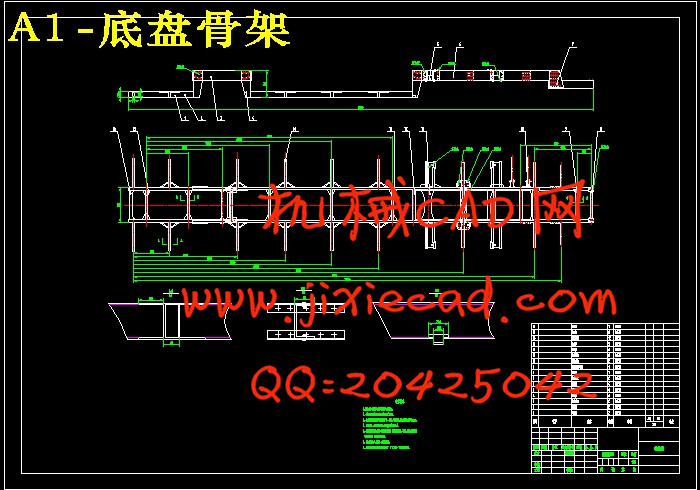设计简介
摘要
本设计根据社会消费需求,从实际出发,充分考虑汽车整体外形来实现底盘总布置的设计实现最优化,实现车身骨架的设计优化,对公交客车的形式和主要参数进行选择,并对底盘各总成包括发动机、变速箱、离合器、前桥、驱动桥、悬架系统、传向系统等进行选型。同时也做了汽车的动力性,燃油经济性的分析。设计车身骨架以及底盘车架并校核其强度和刚度。基于Siemens NX 建立车身骨架和底盘车架的三位模型,并对底盘骨架做静态有限元分析以及模态分析。通过对车架有限元模型进行无约束的自由模态分析,验证了车架本身结构的合理性。
关键词:公交客车;车架设计;有限元;模态分析
Abstract
The design is based on the actual needs of the society, starting from the actual conditions, fully considering the overall shape of the car to achieve optimal design and implementation of the chassis layout, optimizing the design of the car body skeleton, selecting the form and main parameters of the bus, and selecting the main parameters of the bus. It includes engines, gearboxes, clutches, front axles, drive axles, suspension systems, transmission systems, and so on. At the same time, it also analyzed the dynamic nature of the car and the fuel economy. Design the body frame and chassis frame and check its strength and stiffness. Based on Siemens NX, a three-dimensional model of the body frame and chassis frame was established, and static finite element analysis and modal analysis were performed on the chassis skeleton. Through the unconstrained free modal analysis of the frame finite element model, the rationality of the frame itself is verified.
Key words: bus; frame design; finite element; modal analysis
目录
前言 1
1 汽车形式的选择 2
1.1汽车的轴数 2
1.2汽车的驱动形式 2
1.3 汽车布置形式的选择 3
2 汽车主要参数的选择 4
2.1 汽车主要尺寸参数的选择 4
2.1.1外廓尺寸 4
2.1.2 轴距L的选择 4
2.1.3前后轮距
2.1.4 前悬、后悬的确定 5
2.2 质量参数的确定 5
2.2.1 汽车的转载质量和载客量 5
2.2.2 汽车的整备质量
2.2.3 汽车的总质量
2.2.4 汽车的轴荷分配 6
2.3 汽车主要性能参数的选择 6
2.3.1 动力性参数的选择 6
2.3.2 最小转弯直径 7
2.3.3 汽车通过性几何参数 7
2.3.4 汽车操作稳定性参数 7
2.3.5 汽车的制动性参数 8
3 底盘各总成的选择 8
3.1 发动机的选择 8
3.1.1 发动机的计算 8
3.1.2 发动机的选型 9
3.2 离合器 11
3.2.1 离合器的功用 11
3.2.2 离合器的分类 11
3.2.3 离合器的选择 11
3.3 变速器 12
3.3.1 变速器的计算 12
3.3.2 变速器的选型 14
3.4 发动机与离合器及变速器的布置 16
3.5 前桥 16
3.6 驱动桥 17
3.7 万向节传动装置 18
3.8 车架 18
3.9 悬架系统 19
3.10 转向系统 20
3.10.1 设计转向系应满足的要求 20
3.10.2 转向器 20
3.11 制动系 21
3.11.1 制动防抱死系统(ABS) 22
3.11.2 制动器的选择 22
3.12 车轮及轮胎 22
3.12.1 车轮与轮胎的功用 22
3.12.2 车轮与轮胎的选择 22
4 性能分析 24
4.1 汽车的动力性 24
4.1.1 最高车速的计算 24
4.1.2 最大爬坡度的计算 27
4.1.3 动力特性的计算 27
4.2 汽车的燃油经济性 29
5 车身骨架结构尺寸的确定 31
5.1 骨架设计依据 31
5.1.1 设计原则 31
5.1.2 主要技术参数 31
5.1.3 车身骨架材料 32
5.2 骨架结构设计分析 32
5.2.1 左右侧围骨架结构设计分析 32
5.2.2 顶盖骨架结构分析 34
5.2.3 前围骨架结构分析 35
5.2.4 后围骨架结构分析 36
6 车身骨架强度计算分析 37
6.1 车身结构受载分析 37
6.2 车身骨架强度计算 37
7 车身骨架三维建模 46
8 底盘静力学分析 46
8.1 底盘几何模型的建立 46
8.2 底盘有限元模型的建立 47
8.2.1 模型单位制 47
8.2.2 网格的划分 47
8.2.3 载荷 48
8.3 底盘静力分析 49
8.3.1 满载弯曲工况 49
8.3.2 满载扭转工况 51
9 底盘自由模态分析 52
10 经济性分析 59
11 结论 60
致谢 62


